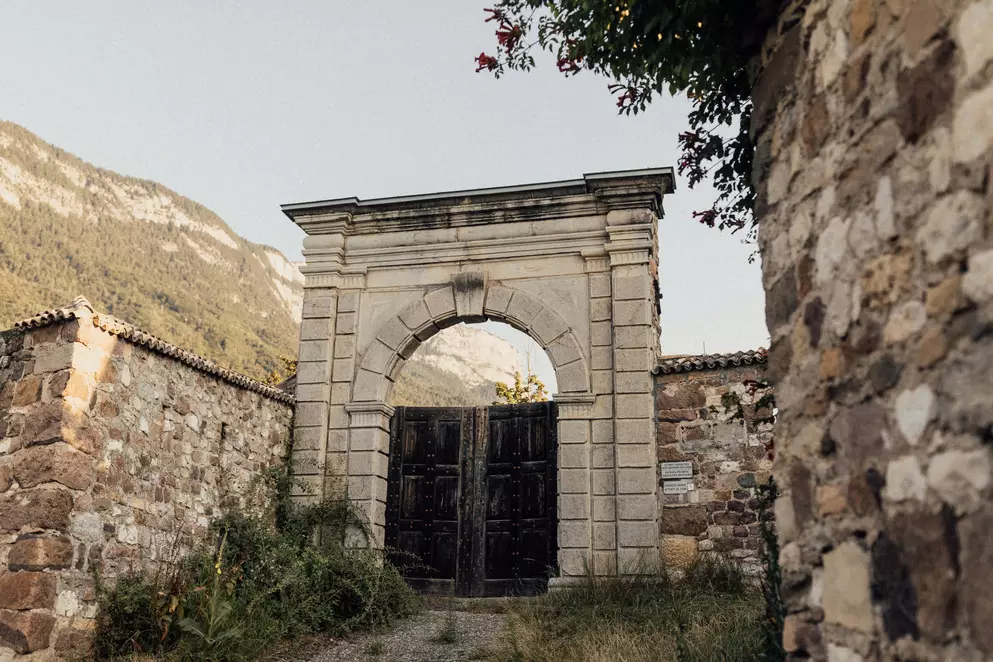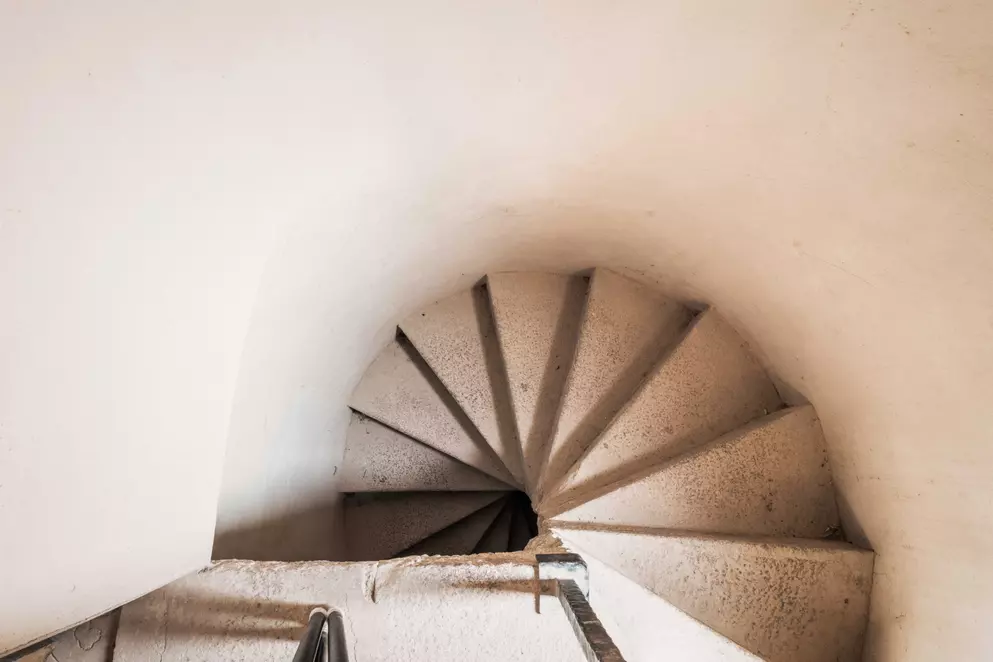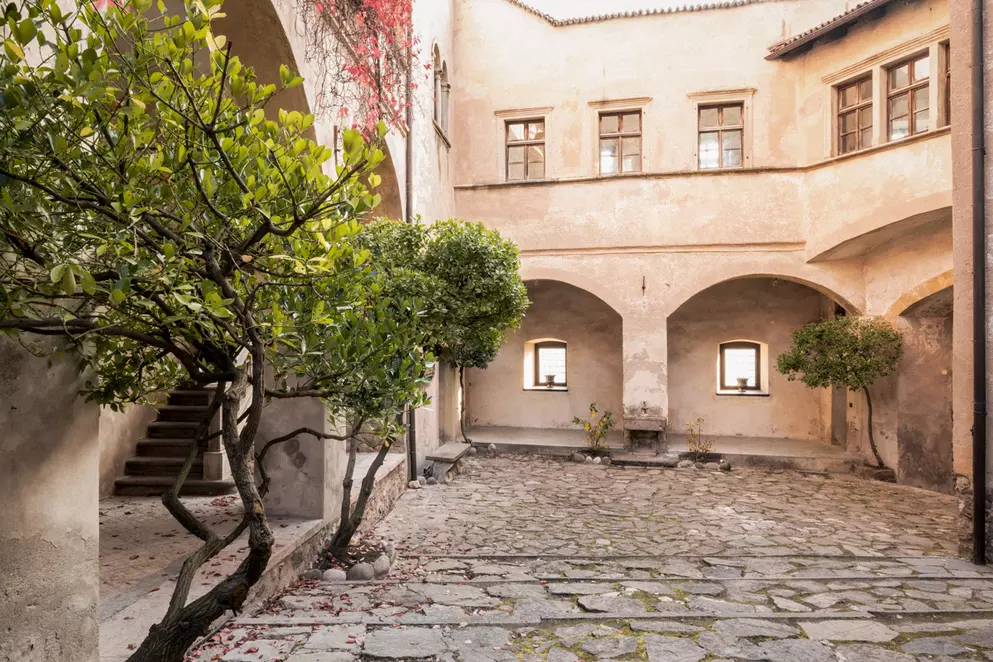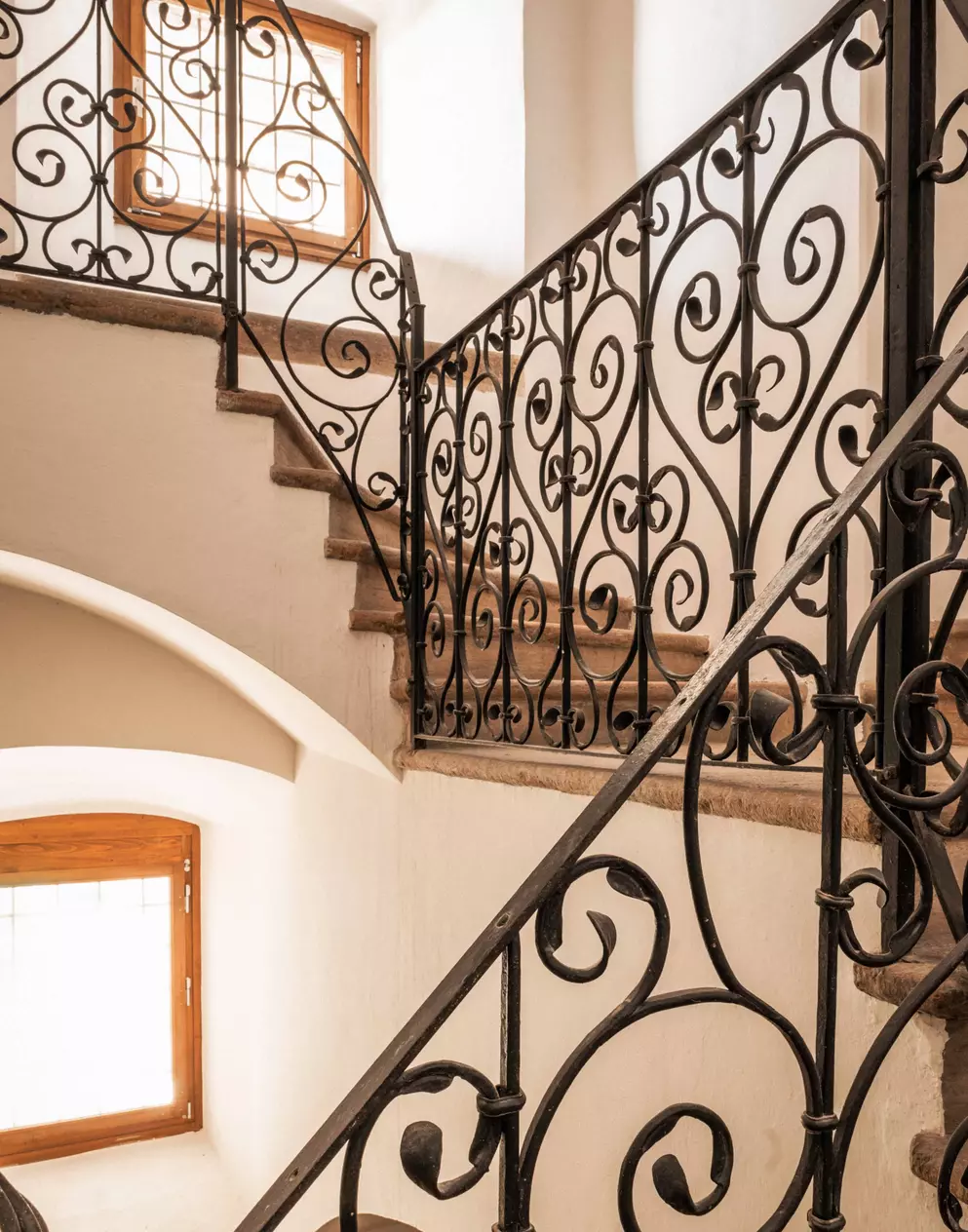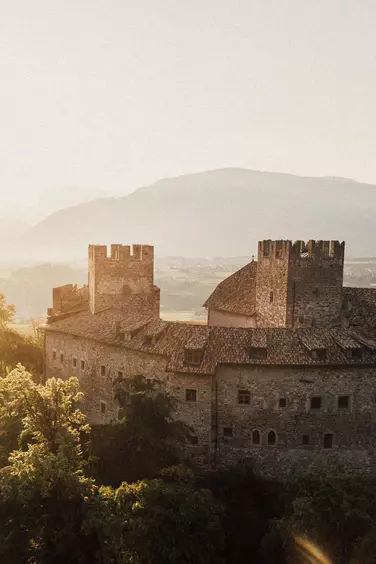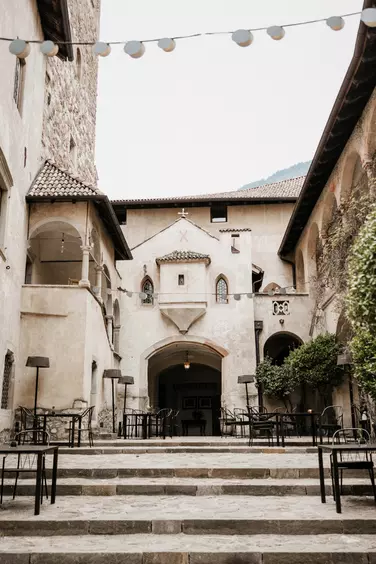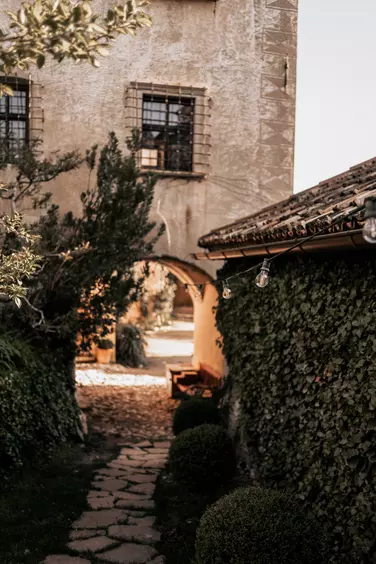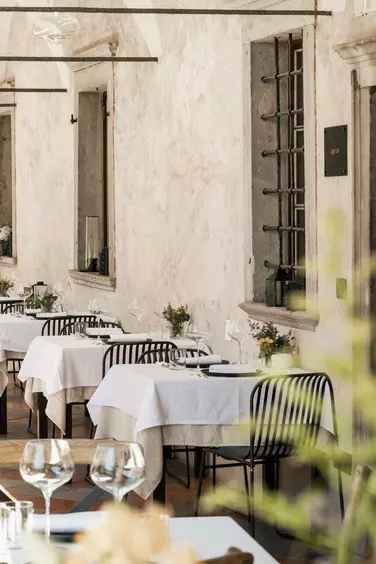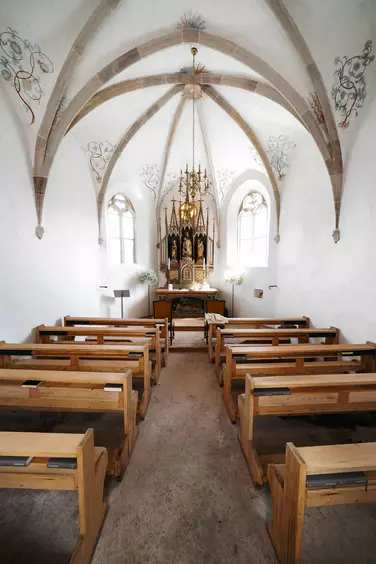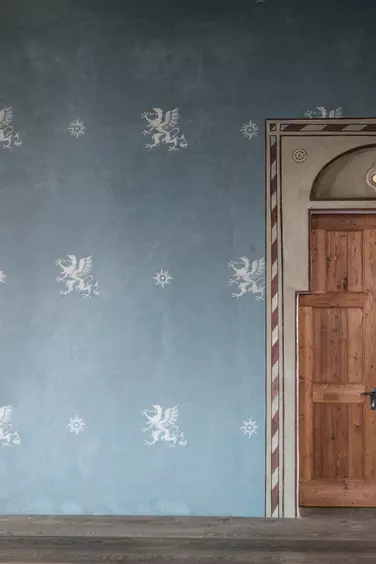A castle with an old soul and a youthful spirit
As you walk through the winding corridors and past ivy-adorned walls, and cast your glance over the battlements out into the Mediterranean park, you will feel right at the heart of a story that began in the 13th century. These ancient walls tell tales of noble families, counties and knights, and of courage, love and pain intertwined.
